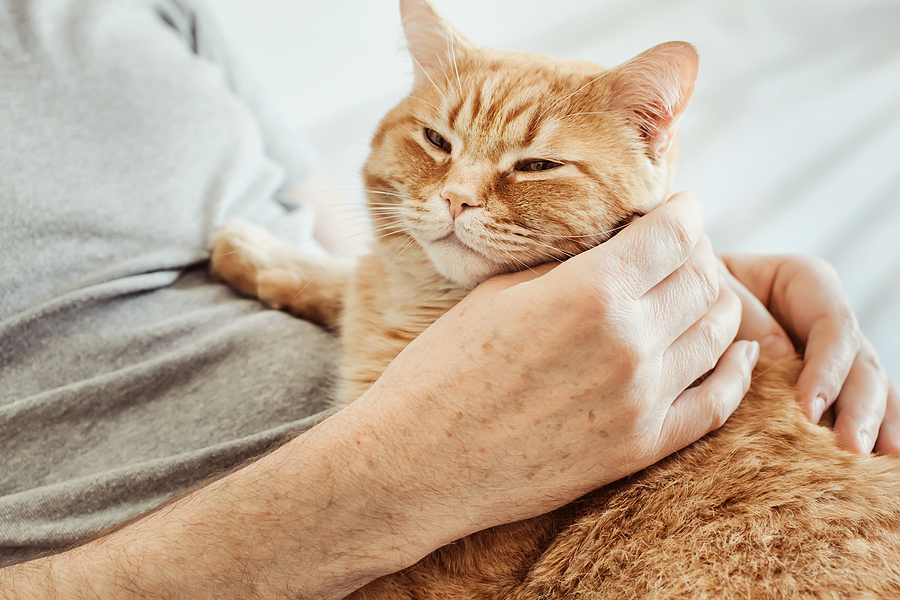Cats. They’re enigmatic creatures, aren’t they? Mysterious, aloof, and sometimes downright puzzling. But one thing about them is universally recognized and adored: their purring. That gentle rumble that vibrates through their bodies and fills our hearts with warmth. But have you ever stopped to wonder what exactly is going on when your furry friend starts to purr? Let’s dive into the fascinating world of cat purring.
The Sound of Contentment
First and foremost, purring is often associated with contentment. It’s like the feline equivalent of a smile. When your cat is curled up in your lap, eyes half-closed in bliss, and emitting those soft vibrations, it’s a sign that they’re feeling happy, safe, and relaxed. It’s their way of saying, “Life is good.”

But Wait, There’s More
While contentment is a common reason for purring, it’s not the only one. Cats are complex creatures, and their purrs can communicate a variety of emotions and needs. For example:
- Healing Powers: Did you know that purring might actually have healing properties? It’s true! The low-frequency vibrations of a purr have been linked to improved bone density and faster healing of fractures in cats. Some researchers even believe that purring can help alleviate pain and reduce stress, both for the cat and their human companions.
- Communication: Cats are masters of communication, and purring is just one tool in their arsenal. They might purr to communicate with their human or other cats, expressing a desire for attention, food, or affection. Mother cats also purr to communicate with their kittens, creating a soothing environment and bonding with their offspring.
- Self-Soothing: Have you ever noticed your cat purring in stressful situations, like a visit to the vet or during a thunderstorm? Purring isn’t always a sign of contentment in these cases. Instead, it can be a form of self-soothing—a way for cats to calm themselves down when they’re feeling anxious or frightened.
- Bonding: Purring isn’t just about communication; it’s also about connection. When your cat curls up beside you and starts to purr, they’re not only expressing contentment but also strengthening the bond between the two of you. It’s a form of social bonding that reinforces the relationship and makes both of you feel good.
The Science Behind the Purr
So, what exactly causes that distinctive sound? The truth is scientists are still unraveling the mysteries of the purr. But here’s what we know so far:
- Laryngeal Muscles: Cats produce the sound of a purr by rapidly contracting and relaxing their laryngeal (voice box) muscles. These muscles open and close the glottis (the space between the vocal cords) at a rate of 25 to 150 vibrations per second, creating that characteristic rumble.
- Neurological Pathways: The neural circuits responsible for purring are located in the cat’s brainstem, specifically in the region that controls breathing and vocalization. This suggests that purring is an instinctive behavior that’s deeply ingrained in a cat’s biology.
- Mystery of Frequencies: One intriguing aspect of purring is its frequency range. Domestic cats typically purr at frequencies between 25 and 150 Hertz (Hz), which happens to be the same range associated with promoting healing and reducing stress in humans. Coincidence? Maybe not.
The next time your feline friend curls up in your lap and starts to purr, remember that there’s more to it than meets the eye (or ear). Whether they’re expressing contentment, seeking comfort, or communicating with you, that gentle rumble is a reminder of the deep bond between humans and cats. So, sit back, relax, and enjoy the soothing symphony of your furry companion’s purrs. After all, it’s one of the many joys of being a cat parent.

